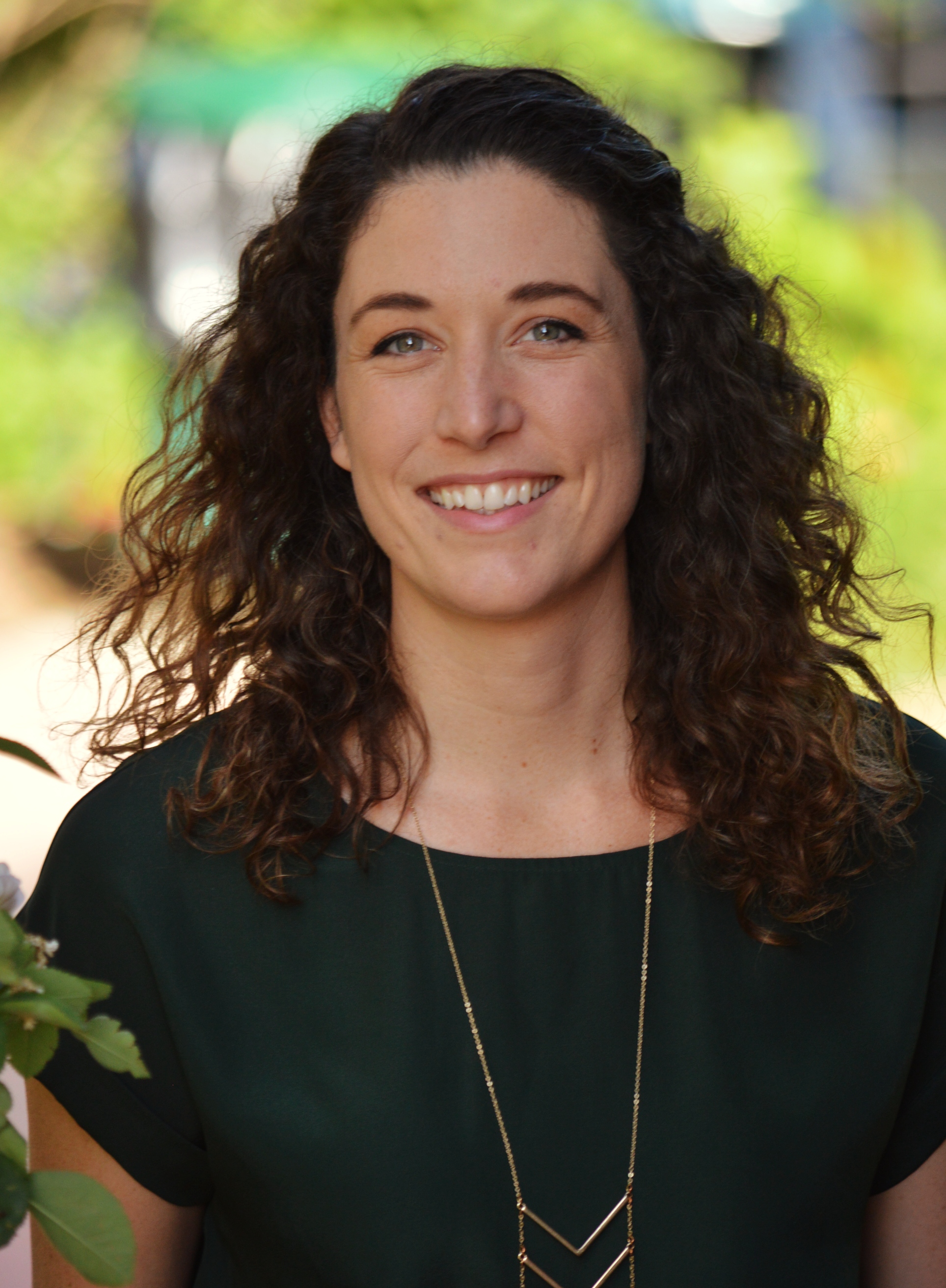
26 Jun San Miguel County: COVID-19 Exposure & Testing FAQs
For further questions, please email Public Health at publichealth@sanmiguelcountyco.gov

With the recent increase in COVID-19 cases over the past week, many individuals and businesses have been contacting San Miguel County Public Health and the Telluride Medical Center with questions regarding exposure and testing. Please refer to the following FAQs to assist in evaluating your situation.
What is a close contact? Close contact is defined as any individual who was within 6 feet of an infected person for at least 15 minutes starting from 48 hours before illness onset (or for asymptomatic patients, 2 days prior to testing) until the time the individual is isolated. Close contacts must quarantine until 14 days after last exposure to the infected individual.
What is high-risk exposure? High-risk exposure is contact with an infected person less than six feet away, without a mask, for 15 minutes or longer, according to the CDC. Individuals who have had high-risk exposure with no symptoms and a negative test must quarantine until 14 days after last exposure. Individuals who have had high-risk exposure with symptoms must isolate from others until three days have passed with no symptoms or fever.
What is a secondary contact? If you have been exposed to an individual who was a close contact to an infected person, you are considered a secondary contact. Secondary contacts who do not show symptoms should continue to follow Safer at Home, the five commitments and continue to monitor your health.
Should I be tested? If you have had high-risk exposure to an infected individual, you may be issued an order by Public Health to get tested. Optimal time for testing is 7-14 days after exposure. Close contacts must quarantine until 14 days after exposure and monitor symptoms. If you are asymptomatic and are considered a secondary contact, there is no need to get tested.
What if I receive a negative test result? PCR tests have a 20-30% false-negative rate, therefore it’s important that individuals who receive negative results and are a close contact or have had high-risk exposure, continue to follow their specific quarantine or isolation guidelines to keep the community healthy.
Why do we test? Testing is a key component to slowing the spread of COVID-19, as finding positive cases leads to contact tracing and quarantining or isolating additional potentially infected individuals. This paired with community behavior will limit the transmission of the virus. Testing individuals who are symptomatic and/or connected to high-risk exposure is a priority so as not to overwhelm our medical systems.


Sorry, the comment form is closed at this time.